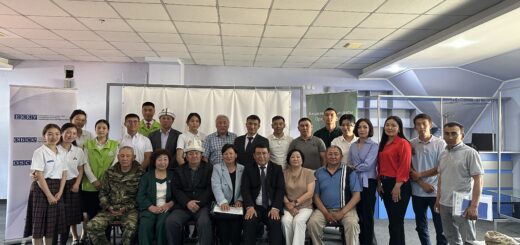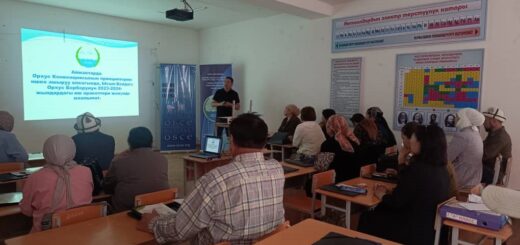From Agreements to Actions: Biodiversity Restoration
Last Monday, May 22, at the National Library. A. Osmonov, a round table was held dedicated to the International Day for Biodiversity “From Agreements to Actions: Let’s Restore Biodiversity” and the UN Decade of Ecosystem Restoration. The event was organized by Zoi Ecological Network, EcoMiR Bishkek Environmental Fund and Osh Information Aarhus Center. More than 50 people took part in the round table. There were representatives of state structures, scientists from the Academy of Sciences, representatives of environmental NGOs of Kyrgyzstan.

The UN Convention on Biological Diversity is an international legal instrument whose three main objectives are the conservation of biodiversity, its sustainable use and the fair and equitable sharing of benefits associated with the use of genetic resources. The General Assembly, in resolution 55/201 of December 20, 2000, in order to deepen understanding and raise awareness of the problem of biodiversity, decided to celebrate the International Day for Biological Diversity on May 22, the day the text of the Convention was adopted.
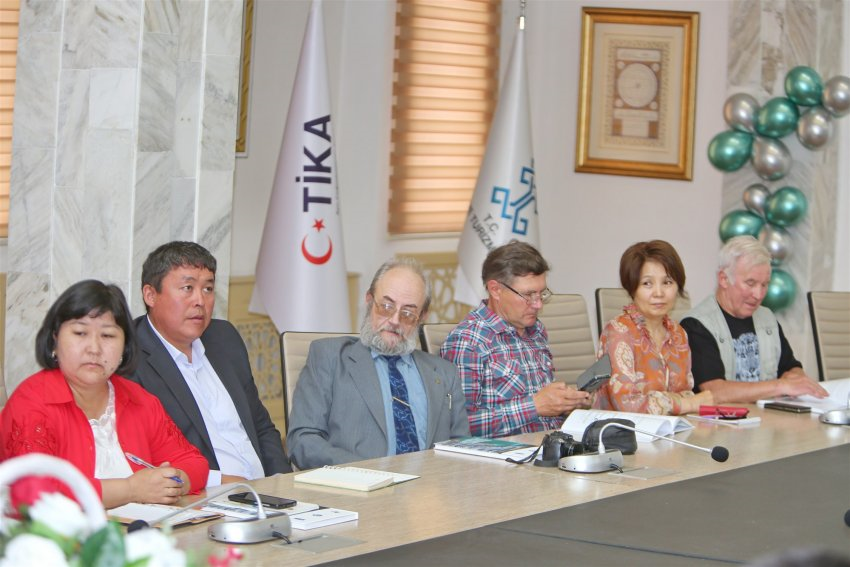
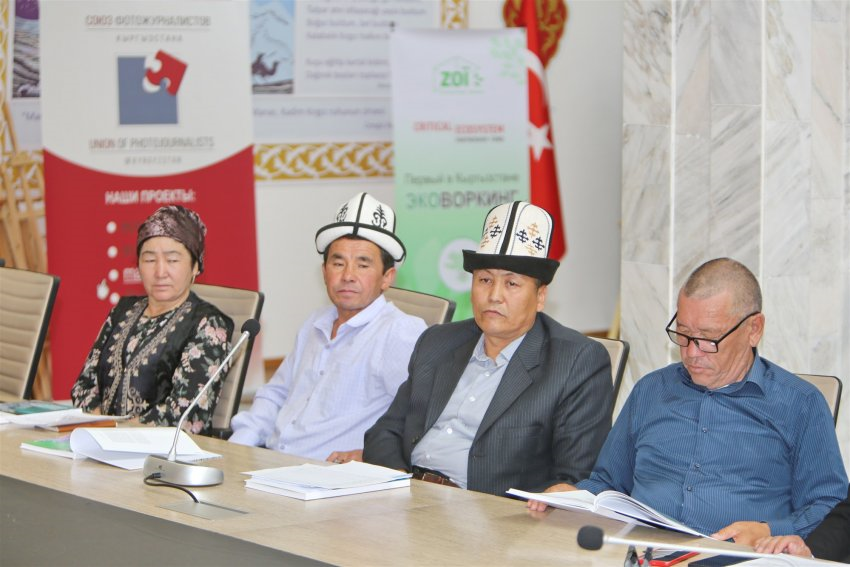
After a welcoming speech by the Deputy Minister of the Ministry of Natural Resources, Ecology and Technical Supervision of the Kyrgyz Republic Kubat Kaseyinov, topics related to the International Day for Biodiversity, global goals for 2030-2050 were presented to the attention of those present. and the Kunming-Montreal Framework, the United Nations Decade of Ecosystem Restoration, the KR-led global five-year plan for mountain development.

The national strategy, goals, measures and priorities for the protection of wildlife in the country, the contribution of the state, local and international partners to the protection of nature in Kyrgyzstan were also presented.
Scientists from the Academy of Sciences of the Kyrgyz Republic spoke about the results of research on the state of rare and endangered species of animals, plants and ecosystems. Explained what scientific information can be used to make better decisions and inform the public.
CEPF Kyrgyzstan Coordinator Mikhail Yakovlev presented an overview of the involvement of communities, scientists and NGOs in the protection of nature and key biodiversity areas.
Further, the regional director of the PF “EcoMiR” Gamal Soronkulov presented to the audience an innovative tool – an online eco-map of Kyrgyzstan, showed the scope of its application, explained how necessary it is not only to preserve the biological diversity of Kyrgyzstan, but also to promote ecotourism. The resource provides free access to a unique photo bank of the country’s nature.
Zoy Project Manager Viktor Novikov recalled what key biodiversity areas (KBAs) are, how and where to apply the concept, why efforts at several levels and coordination are important.
For reference. Key Biodiversity Areas (KBAs) are areas of critical importance for the conservation of endangered species or ecosystems. KBA is a source of an amazing array of ecosystem services necessary for the sustainable development of the entire region, it is a combination of unique landscapes, flora, fauna, including Red Book species.
Representatives of the scientific community and the public gave examples of specific measures and achievements of local nature conservation in Kyrgyzstan with the assistance of CEPF and others: conservation of unique and vulnerable species, KBA, ecological corridors and ecosystems, support for protected areas, public awareness. They also discussed further steps to preserve biodiversity, noted the importance of cooperation between state structures, local governments and the civil sector.
The round table resulted in a discussion of possible steps in the Kyrgyz Republic to form a long-term vision and goals for biodiversity conservation for 2030-2050.
For reference. The Zoi Environment Network helps countries and civil society improve the availability and quality of environmental information by supporting the United Nations Decade of Ecosystem Restoration.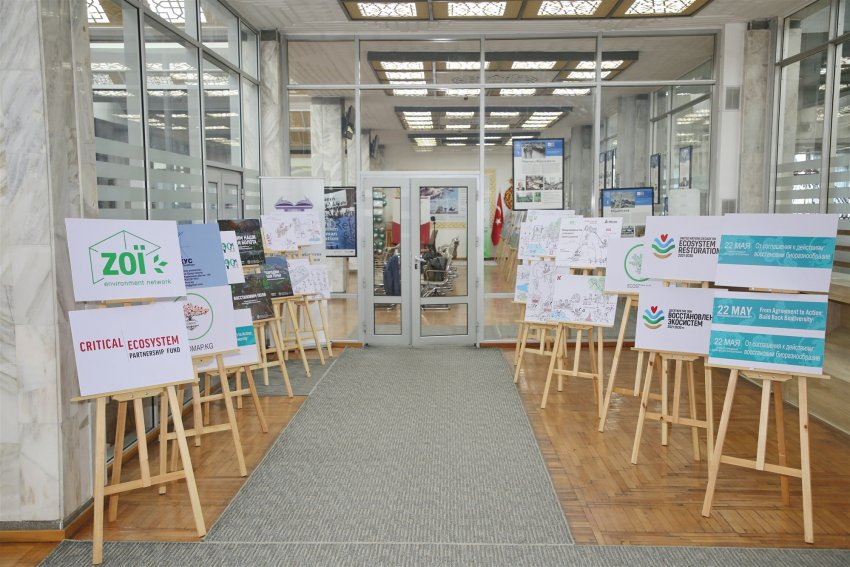
Information Aarhus Center in Osh


